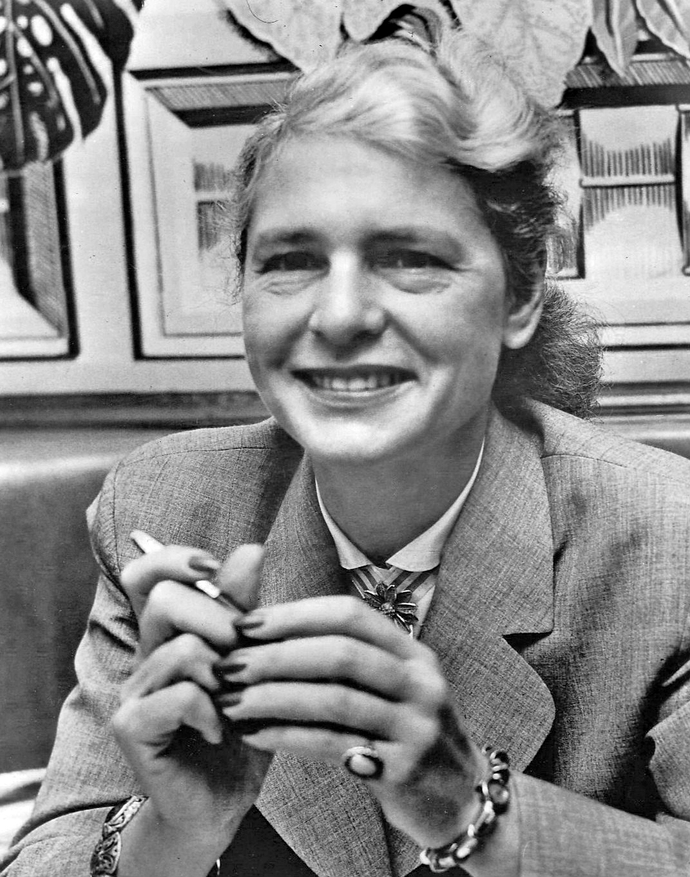
Margaret Bourke-White
Margaret Bourke-White was an American photographer and photojournalist who was the first female photographer to work for Life magazine.
Bourke-White's work covered a wide range of subjects, including industry, war, and politics. She was known for her daring and adventurous spirit, and she traveled extensively throughout her career, photographing in locations such as the Soviet Union, Germany, India, and South Africa. Some of Bourke-White's most famous photographs include her images of the construction of the Fort Peck Dam, her coverage of the liberation of the concentration camps during World War II, and her photographs of Mohandas Gandhi at his spinning wheel. Bourke-White was also a pioneer in the use of the 35mm camera in photojournalism, which allowed for greater mobility and spontaneity in her work. She was a strong advocate for the power of photography to inspire social change, and she believed that images could help people to understand and connect with each other on a deeper level. Bourke-White's work has been exhibited in museums and galleries worldwide, and she received numerous awards and honors for her contributions to photography and photojournalism.
Years:
Born in 1904
Country:
United States of America, The Bronx, New York
Gallery: